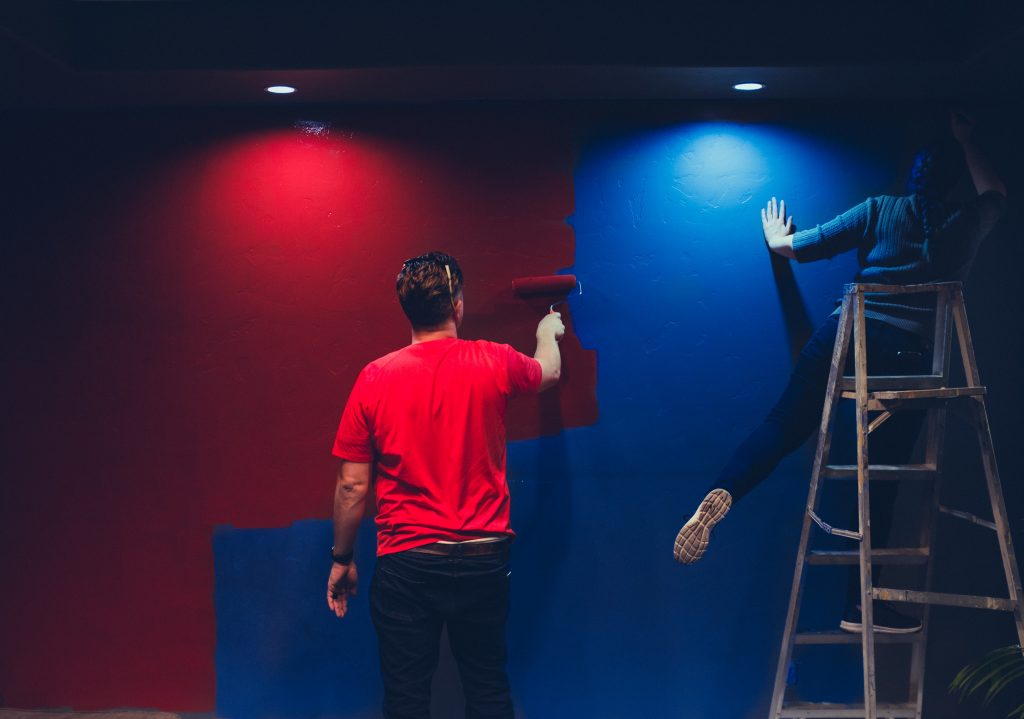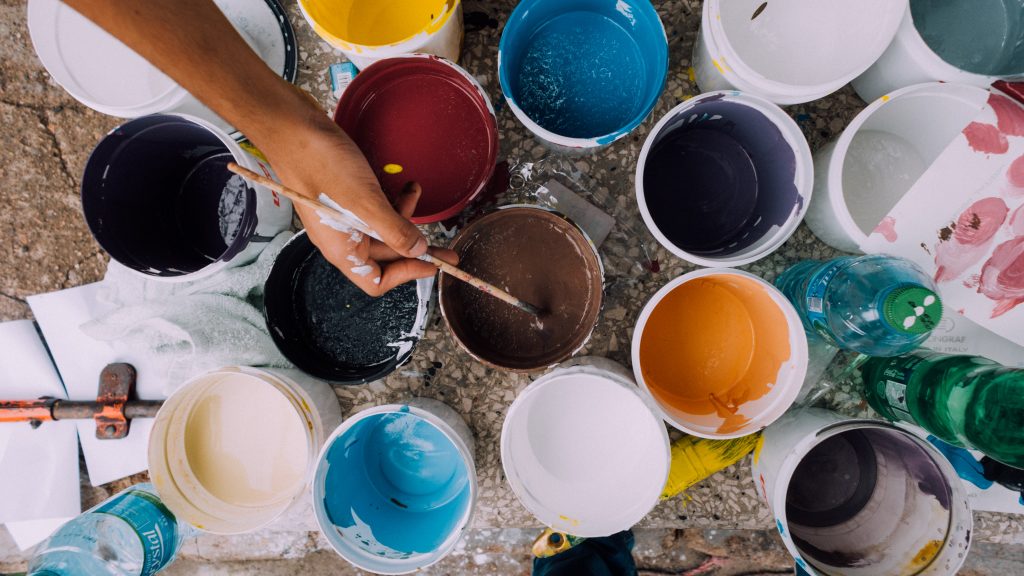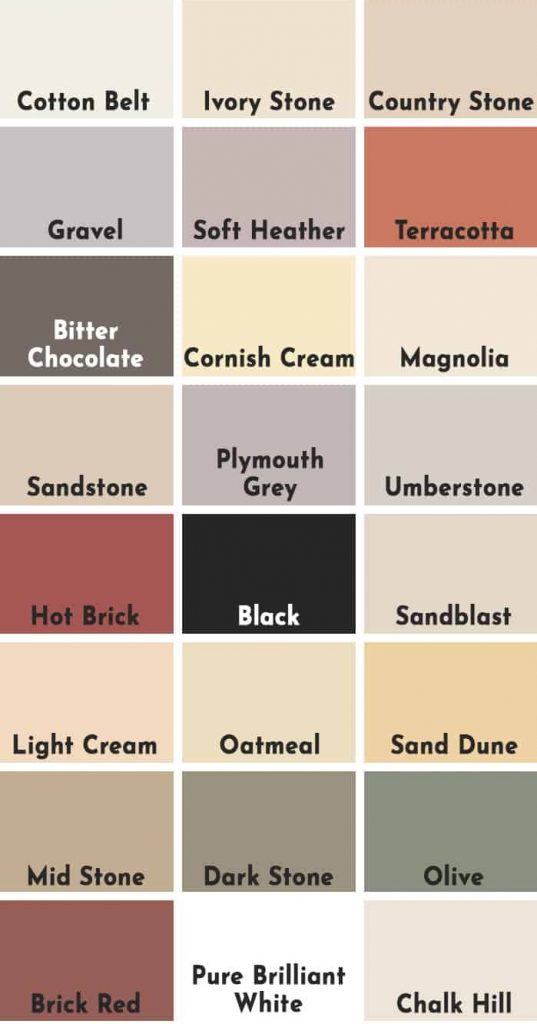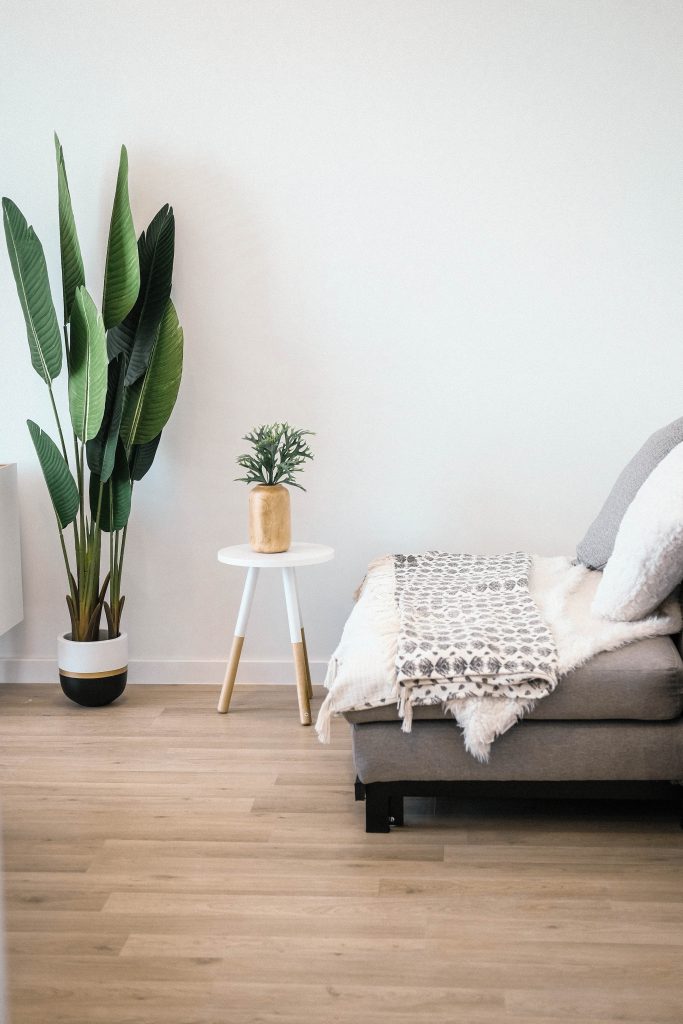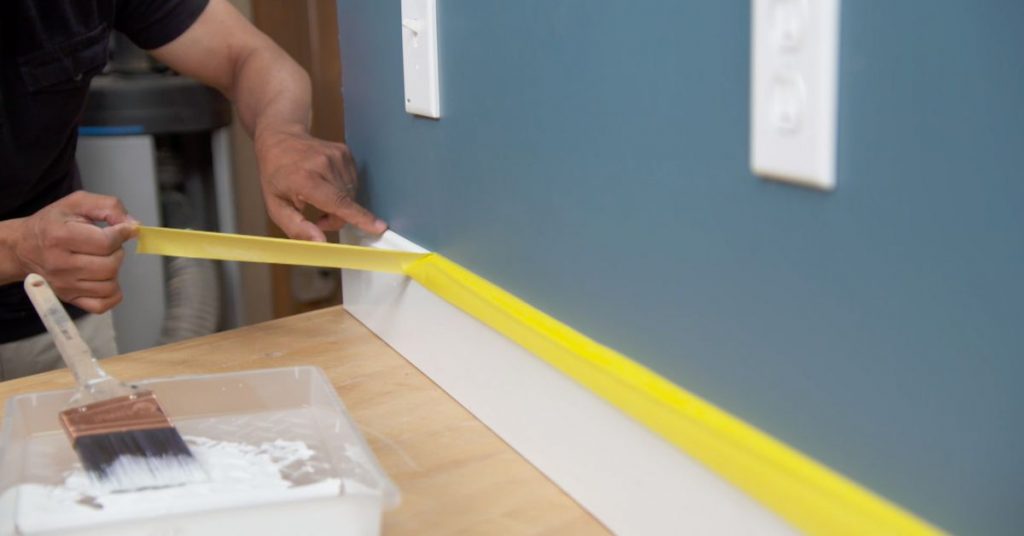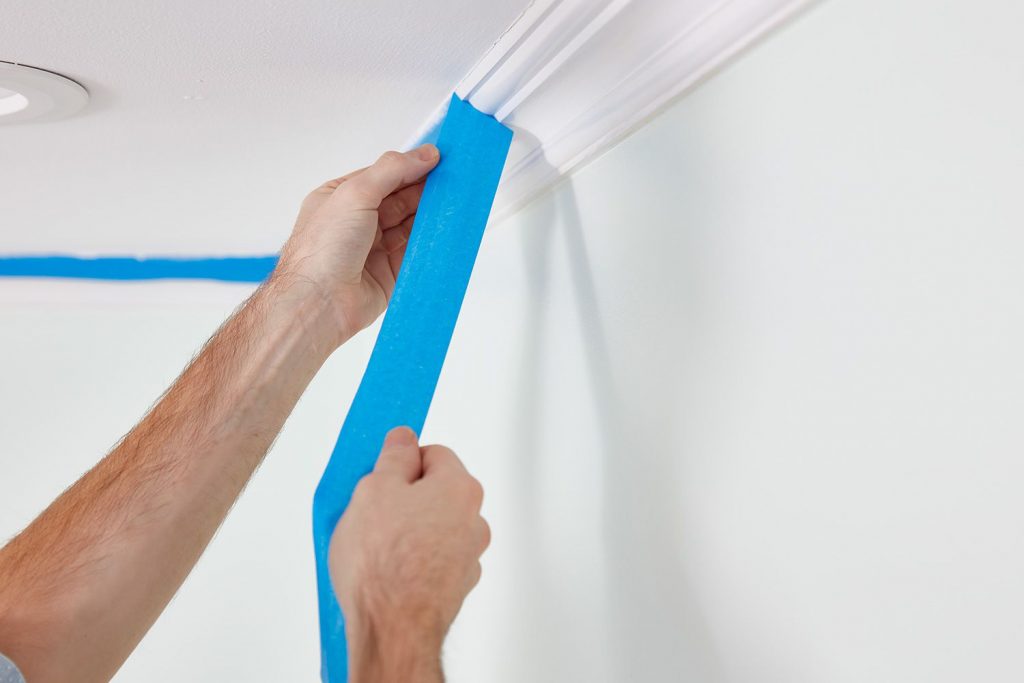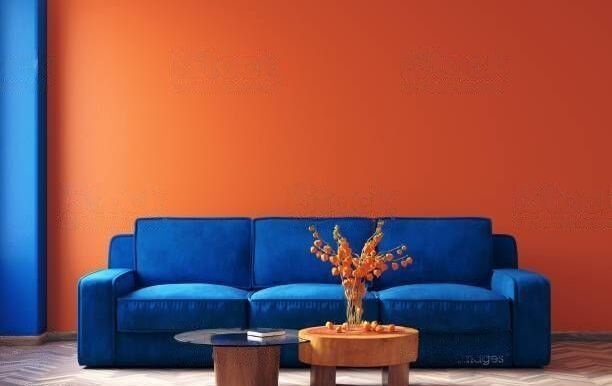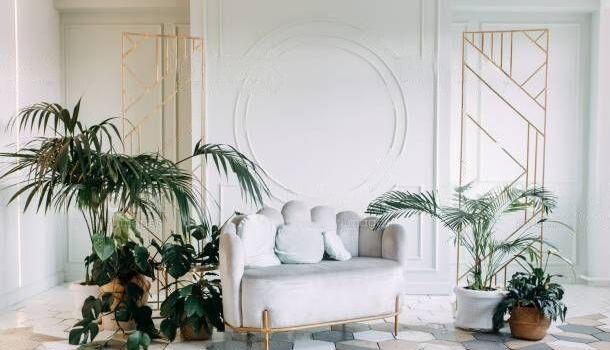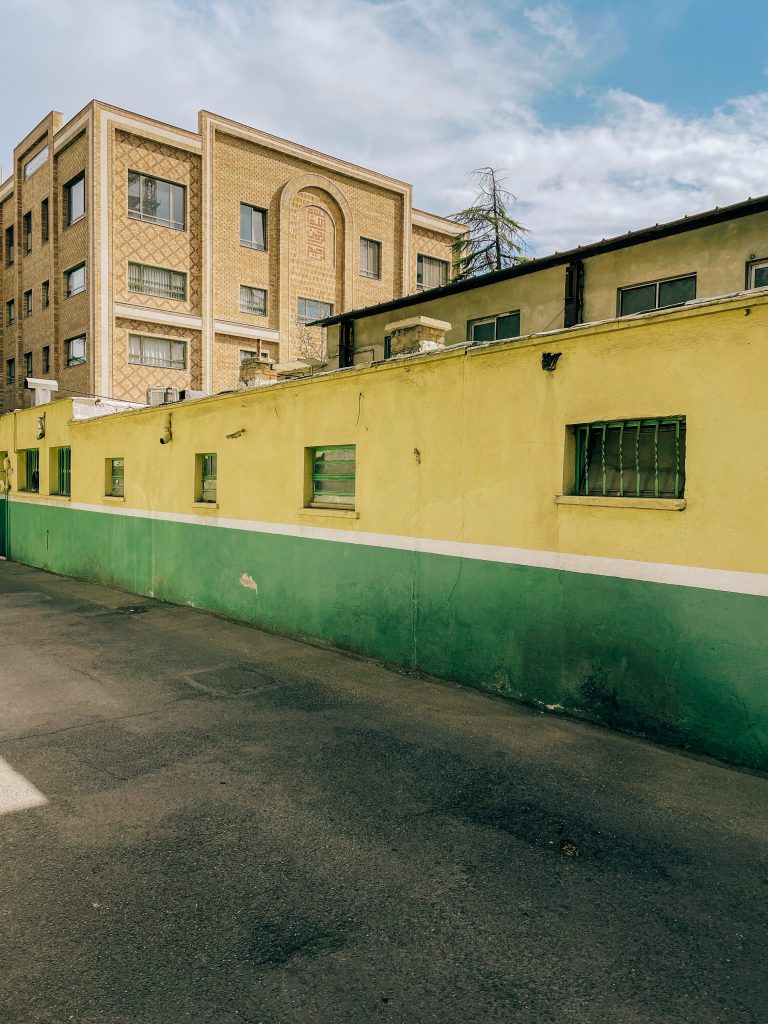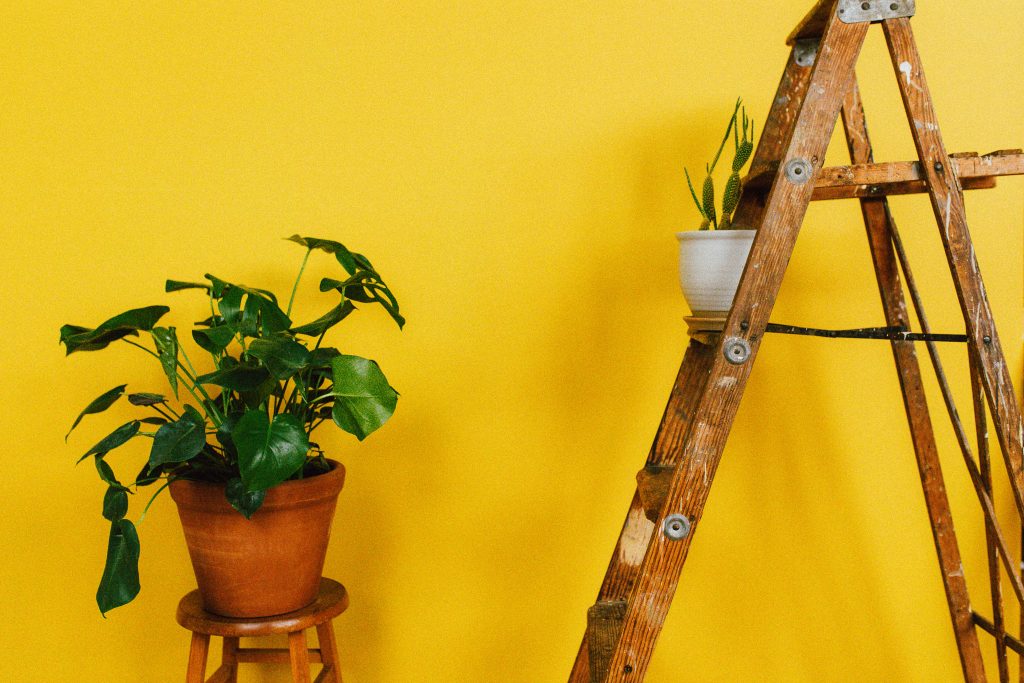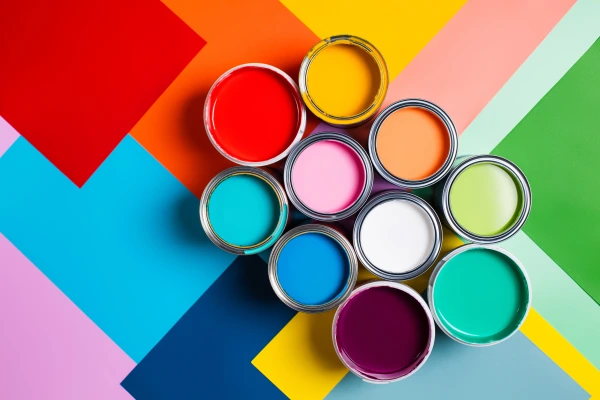During this article, we will discuss the topic of painting house exteriors in different seasons and temperatures. Find out how much moisture is acceptable when applying paint or if winter is the most suitable time for exterior painting. We will also discuss tips on the best exterior wall paints and painting services.
Winter is an ideal time to paint a home’s exterior because the dry air and cooler temperatures help the paint to harden and coat the surface evenly. Manufacturers and experts recommend painting during the winter months to avoid any degradation in quality due to extreme sun or rainfall.
Best Season to Paint a House Exterior
The best time to paint your house’s exterior is during the warm months when there is less rain..
Painting in Summer
If you don’t want your painting to be ruined by the rain, it’s best to start in the early summer. This way, you’ll be finished before the cyclones or monsoon conditions occur at the end of summer..
Painting in Monsoon
Exterior paints should only be applied on dry surfaces. Amid heavy rainfall, you’ll hardly find any.
Painting in Autumn
Temperature fluctuations also play a key role, as paint doesn’t dry well when temperatures vary drastically. For that reason, early fall may also be a good time of year to paint.
Best Paints for Exterior Painting
Paint that is weather-proof is designed to last for years regardless of the weather conditions. A water-based 100% acrylic exterior emulsion is best suited for dry or moderately humid climates. This type of paint can endure harsh sunlight or rain better than other water-based paints. Walls painted with this type of paint can be washed without damaging the paint, and the paint is also scuff resistant..
Tips For Exterior Painting In Cold Weather
- Check the weather temperature: It’s best to paint when it’s warm outside, preferably in the middle of the day when the sun is out. That way, the paint will bond to the cold walls more easily.
- Avoid rain:The weather can be unpredictable, so it’s always best to check the forecast before painting your walls.
- Dew factor: Dewdrops all over the exterior walls make it wet overnight. This problem can be faced when painting early in the morning.
Important things to remember for exterior house painting
- Keep the surface dry: Make sure to only paint on surfaces that are dry; if not, the paint won’t adhere well to the walls..
- Avoid extreme sun: The sun can be a problem for exterior painting, as it can dry the paint more quickly than usual and make it difficult to cover the walls properly..
- Avoid rain: wait four hours or more after it rains before applying paint Paint will not stand rain just after it has been applied so it must be given at least two hours to dry.
